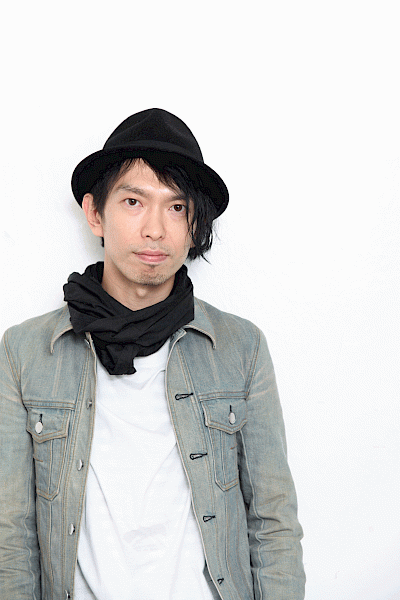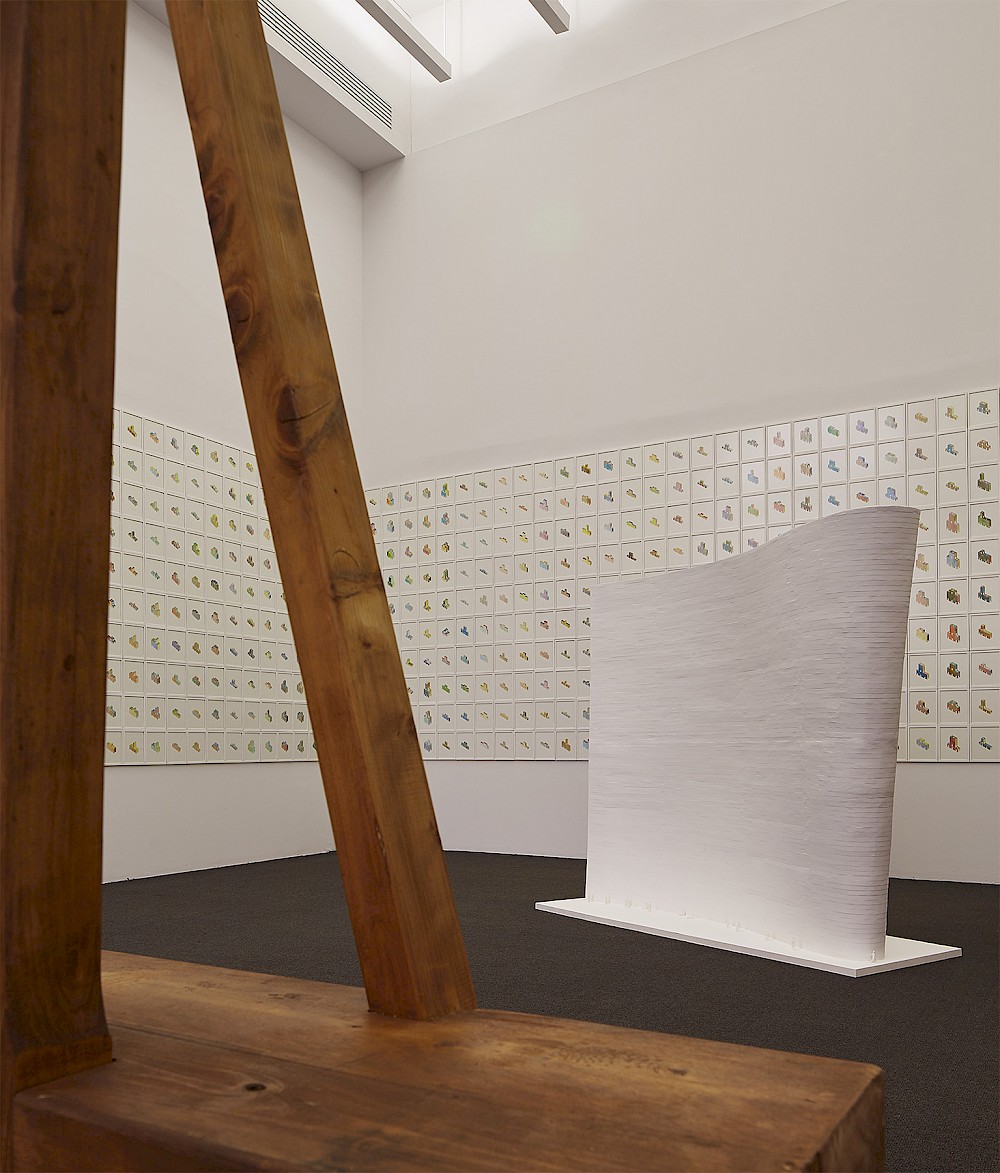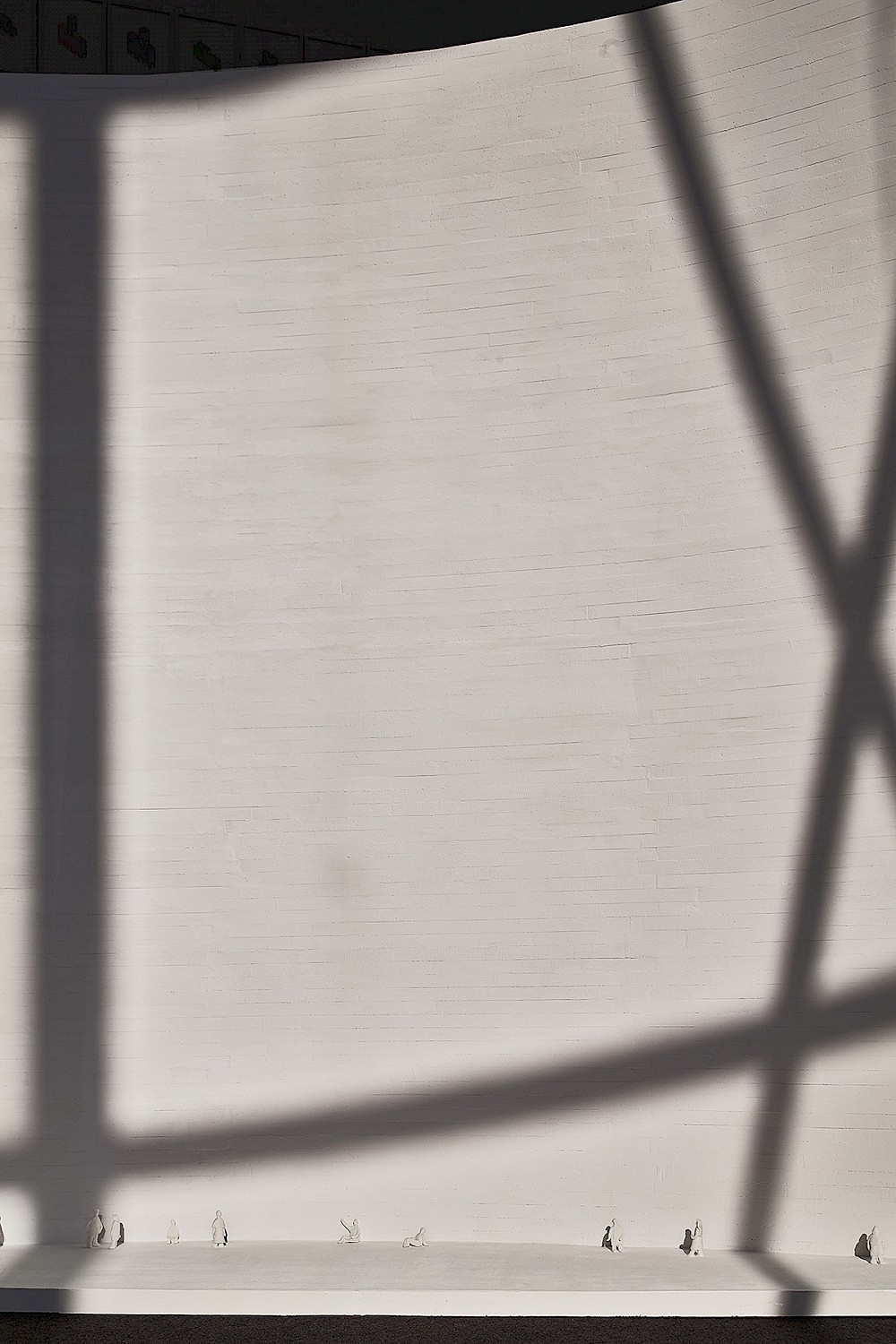BIENNIAL PROJECT
Chapel in the Valley
Junya Ishigami takes a naturally occurring landscape formation, the valley, and examines it for its building-like characteristics. He classifies this new valley type according to simple formal observations and translations; it is made up of two deep, vertical walls that envelope a narrow interior space. Ishigami suggests that these simple elements combined can be altered in relationship to each allow for a great diversity of possible interior spaces and encounters. The model shows one possible valley form, and represents a design Ishigami has created for a site at the base of a very small valley in the Shandong province of China.
BIO
Born in Kanagawa, Japan, Junya Ishigami graduated from Tokyo University of the Arts with an MFA in Architecture in 2000 and joined Kazuyo Sejima & Associates. In 2004, he founded junya.ishigami + associates. The firm gained considerable international recognition following the completion of the Kanagawa Institute of Technology’s KAIT Workshop in 2008 and has won several awards, including the Bauwelt Prize (2009), the Architectural Institute of Japan Prize (2009), and the Golden Lion for Best Project of the 12th International Architecture Exhibition of the Venice Biennale (2010). Ongoing projects include the reconstruction of the Russian Polytechnic Museum in Moscow, as well as the first prize-winning projects Park Groot Vijversburg in the Netherlands, Port of Kinmen Passenger Service Center in Taiwan, and Cloud Arch in Australia. In 2014 Ishigami was the Kenzo Tange Design Critic at the Harvard Graduate School of Design, and in 2015 he will be a visiting professor at the Princeton University School of Architecture.





